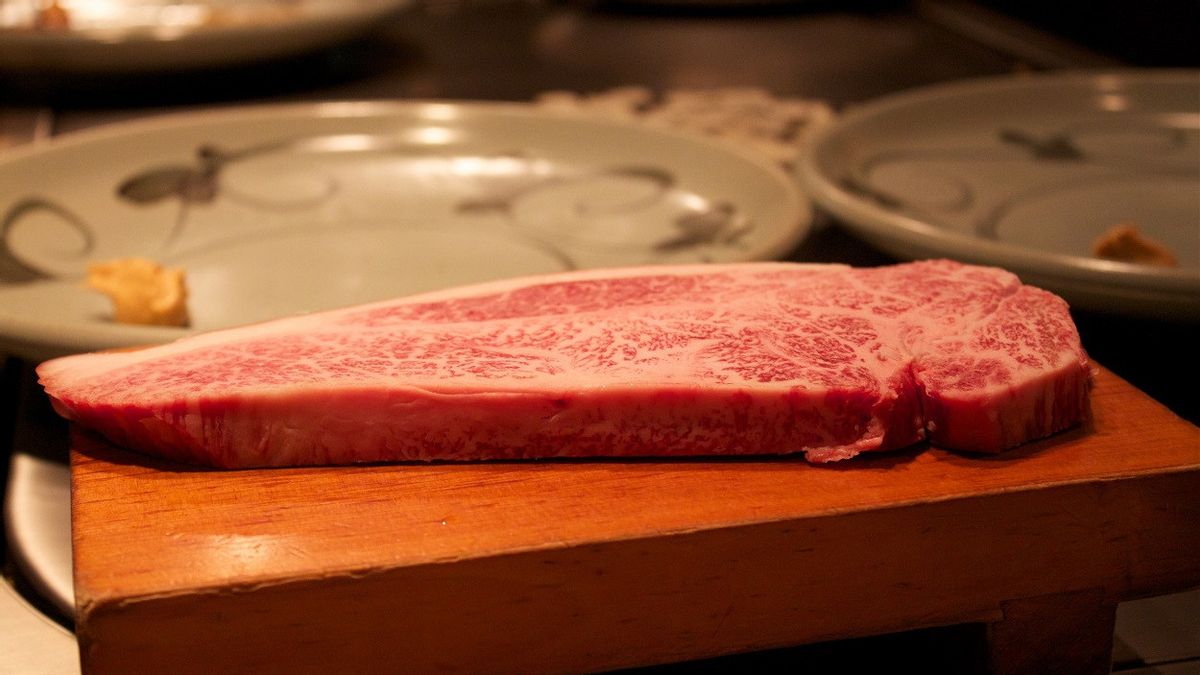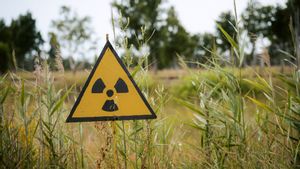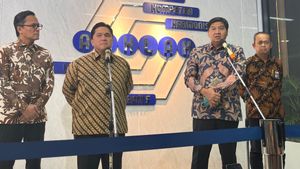JAKARTA - Japan's famed Wagyu beef, a delicacy that can cost upwards of $200 per pound at some top restaurants, could become much more affordable in laboratory-developed replicas.
Japanese scientists say they have managed to recreate the Wagyu, famous for its fat marble, in the laboratory to produce something that can eventually look and taste like real steak.
Wagyu beef comes from a breed of black cattle, most famously cultivated in the Kobe area of Western Japan.
Osaka University researchers led by Michiya Matsusaki using a 3-D bioprinter and bovine stem cells, replicated Wagyu's signature marble in a solid steak-like cut, rather than the minced shape that has epitomized other endeavors at cultured meat.
It currently takes about three to four weeks to produce a cubic centimeter of cultured meat, so it's not ready for the grocery store aisle.

But, as technique and efficiency improve, the method can produce something that mimics the real thing, Matsusaki said.
"If we can quickly produce a lot of meat from a few cells, it's possible that we can respond to the problem of food and protein shortages better in the future," Matsusaki told Reuters.
Environmental and ethical concerns surrounding the meat industry have prompted interest in plant-based alternatives and the potential for products that researchers develop in the laboratory.
That has driven strong growth in developers of real meat alternatives, including plant-based burger maker Impossible Foods Inc which is preparing a public listing that could exceed $10 billion, sources said.
Matsusaki said the bioprinting and culture techniques developed in his lab could also be applied in human medicine, such as growing replacements for damaged muscles.
Now it takes about 10,000 yen or about 89.40 US dollars to produce one gram of lab-grown Wagyu. But, with more automation, the price could drop so that it can be marketed to the general public within five years, Matsusaki said.
The English, Chinese, Japanese, Arabic, and French versions are automatically generated by the AI. So there may still be inaccuracies in translating, please always see Indonesian as our main language. (system supported by DigitalSiber.id)












